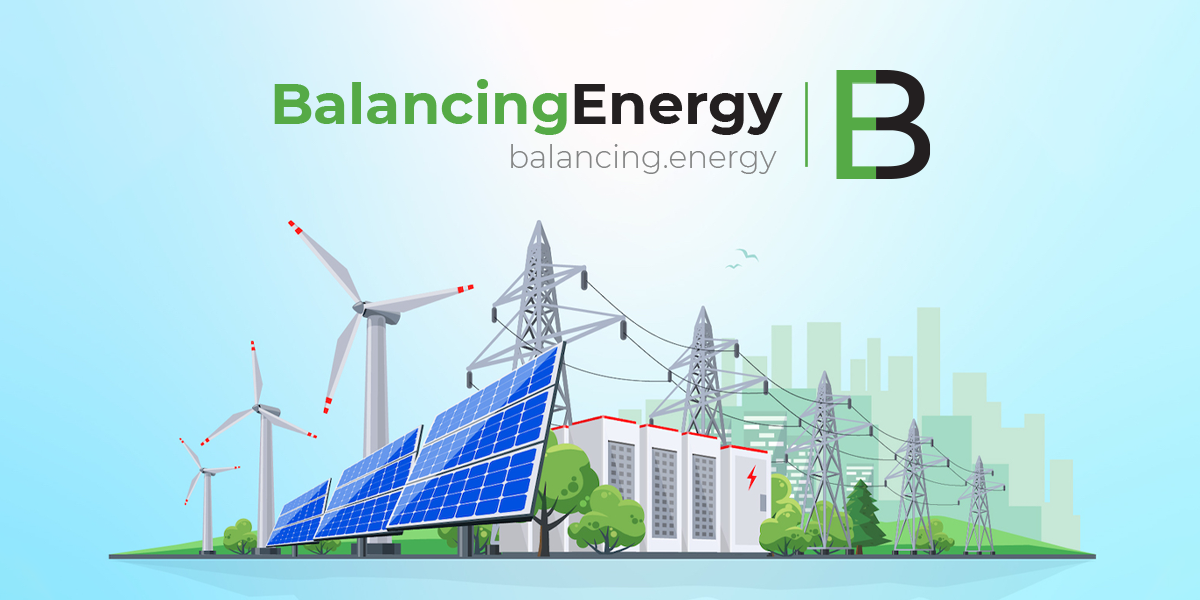The Montenegrin Ministry of Mining, Oil and Gas has announced plans to construct a liquefied natural gas (LNG) terminal in Bar, part of the Adriatic-Ionian gas pipeline that aims to connect Croatia, Bosnia and Herzegovina and Montenegro through a hub in Albania. While the Ministry emphasizes potential economic benefits, stability in electricity supply, and geopolitical advantages, CEE Bankwatch raises significant concerns about the project’s ecological and economic viability.
Natasa Kovacevic from CEE Bankwatch argues that the project undermines commitments from the Paris Agreement and the Sofia Declaration to phase out fossil fuels by 2025. Montenegro’s lack of developed gas infrastructure, coupled with its non-dependence on gas, could position it favorably during global energy crises, especially given that major gas exporters like Azerbaijan are often deemed undemocratic.
The LNG terminal project is seen as a substantial financial undertaking, potentially leading to long-term debt. Kovacevic points out that Europe is actively reducing fossil fuel reliance, with a target of a 67% decrease, making Montenegro’s plans seem increasingly unjustified.
Additionally, the proposed terminal would be situated in a seismically sensitive area near residential zones and hazardous chemical storage, raising serious safety concerns. Introducing gas into Montenegro’s electricity network without a developed market or consumption infrastructure further complicates the project’s economic viability.
In light of these issues, CEE Bankwatch urges Montenegro to prioritize sustainable energy sources such as solar, wind, and hydroelectric power, which are abundant and offer a more sustainable and profitable future.










